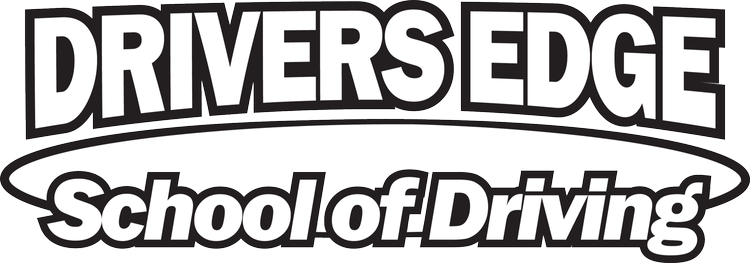“Preparing To Drive In The Winter Part 1”
The leaves may have just begun to turn wonderful colors as the temperatures begin to drop and the days become ever shorter. There will become a time when the leaves will be gone and snow will cover the roads. It is important to plan ahead when driving, and preparing for the changes in season is something all drivers should think about. In this 2 part series of this blog, we will consider how to prepare your vehicle, and how to prepare and drive in the winter. This 1st blog will cover how to prepare your vehicle.
Inspect your Battery: As the temperature decreases batteries tend to go dead quicker. Test and inspect your battery for any damages or areas that may need to be cleaned. Be safe and practice precaution when working with car batteries for the risk of electrocution is high. Inspect your lights and any other electronic implements.
Inspect Fluids: Having proper fluid levels is important during cold months. If the fluid level decreases too much it can be more susceptible to freezing. Also, ensure that the window washer fluid and other fluids have the proper anti-freezing properties for the weather in your area.
Inspect your Tires: It is important to check your tires frequently in colder weather. As the temperatures drop, the pressure in your tires decreases. This phenomenon is commonly taught in academia as Gay-Lussacs Law. Colder temperatures have a negative effect on the longevity and strength of tires. One should look at their tires in the fall and contemplate if the tires can handle the harsh winter months to come. Winter tires have been specially made to handle snow and other winter conditions. They are often recommended in locations where it snows a lot.
Prepare for Emergencies: Breakdowns and accidents can happen at any time of the year. It is important for individuals to keep resources in their vehicles to handle winter driving-related tasks. A snow shovel, broom, and ice scraper will allow one to clear snow and ice away from their car. Due to the cold temperatures, jumper cables are often helpful in the cold (A complete guide on how to use jumper cables can be found in blog #7). Blankets and other warm coverings are highly recommended for the human body gets cold faster than many think. Some water, food, medication, flashlights, and chemical body warmers are also recommended.
Commenter of the Month
Comment down your least favorite thing about winter for a chance to be our Commenter of the Month.
